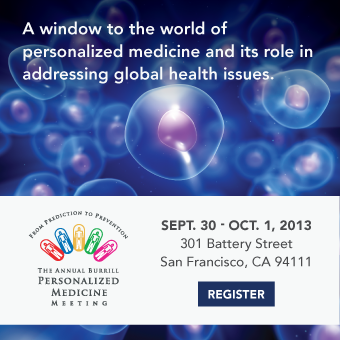“Though not a replacement for experience with flesh-and-blood exploration, it is hard to imagine how such an archive could fail to yield exciting new opportunities for medical research and education.”
Call me squeamish. The very possibility that my seven-year-old son’s loose front tooth might fall free of his gums as he gleefully wiggles it forces me to avert my eyes. I cringe while attending minor knife-cuts and my wife is still not sure how I managed to attend the births of our children.
In a marked departure, I was fascinated with fetal pig dissection in high school. I vividly remember the awe and excitement I felt, seated at a lab bench, scalpel in hand, carefully recording every detail as I cut, poked, and prodded the miracle on my dissection tray. Every bit of my disgust was overcome with fascination. That semester, I joined a long line of learners, personally connecting with the oddities and wonders of anatomy.
News that Malaysia’s digital autopsy startup iGene is near launching an ambitious commercial rollout reignited that feeling of excitement. The 3D imaging service plans a $77 million multi-center build-out, expanding beyond its home base in Malaysia. Though not the first to peer into the dead using modern radiology, iGene seems closest to making a profitable go of the business by pairing its sophisticated 3D imaging software with standard CT or MRI scanners to create detailed imagery that doctors, medical examiners, and maybe even I can eventually explore via touch-screen.
The technology promises a more humane alternative for autopsies that can eliminate the use of a scalpel in determining unexplained causes of death—something sure to be a comfort to families loathe to see loved ones sliced apart in pursuit of forensic evidence. But even more interesting is the potential for creating what entrepreneur Matt Chandran, chief executive of iGene’s parent company, InfoValley Group, calls an “archive” of the dead.
Though not a replacement for experience with flesh-and-blood exploration, it is hard to imagine how such an archive could fail to yield exciting new opportunities for medical research and education. Human cadavers for medical education are already in short supply, creating an opening for companies such as Iowa’s Cyber-Anatomy to provide detailed models for virtual dissection. And with iGene’s plan to open as many as 18 digital autopsy facilities in Britain, according to Reuters, the opportunity to capture, record, and ultimately preserve, share, and learn from hundreds of novel causes of death seems packed with potential.
GE Healthcare has already formed a partnership with iGene to advance the medical imaging technology for forensic science. But the system is also capable of being customized to teach medical professionals or students, the company says. That application could open a broad new opportunity for those charged with assisting us all in the pursuit of good health. One need only consider the remarkable insights delivered by genomics to see why having more detailed and accessible views of the many ways in which we die holds such great promise for helping us stay alive.
Every time I catch a flight from San Francisco and submit to a full body scan, I am reminded that we spend plenty of time scanning the living. It’s about time someone invested in the untapped potential of scanning the dead.
August 23, 2013
http://www.burrillreport.com/article-seeing_dead_people.html





.gif)